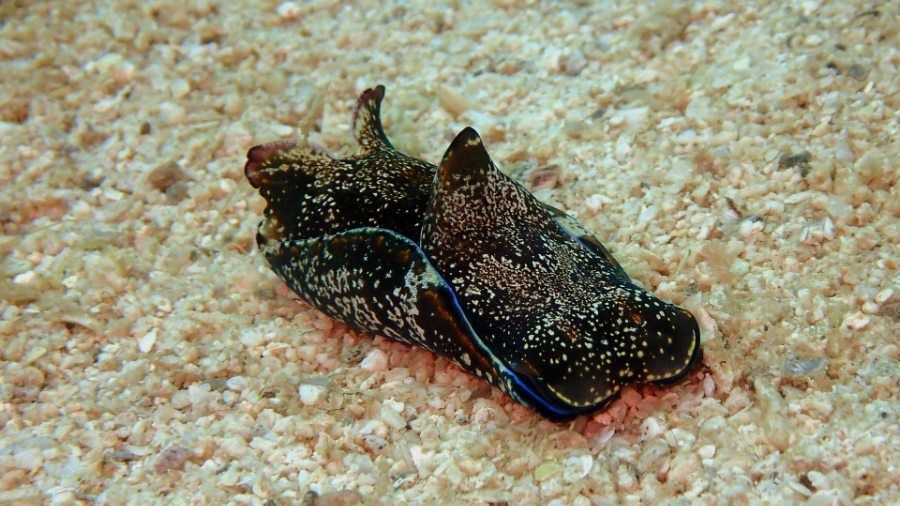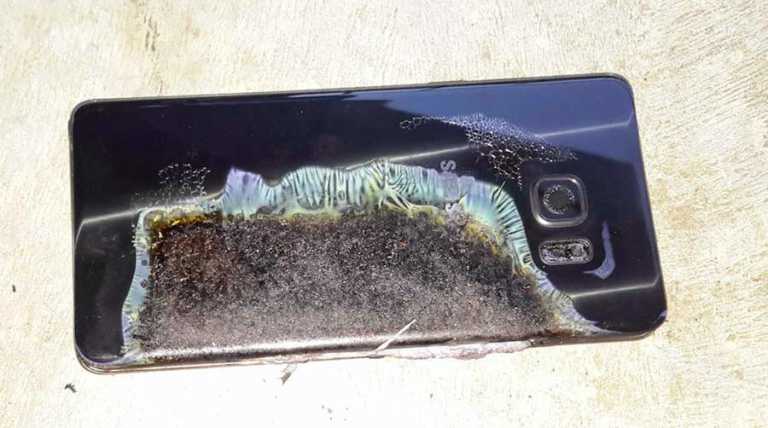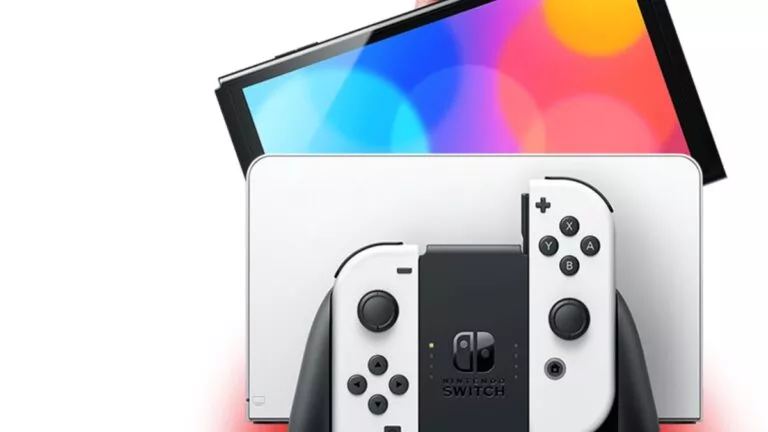‘Memory Transfer’ Performed By Scientists Between Two Snails

The concept of being able to transfer memories into another living being might seem a little far-fetched and inspired by a science fiction movie, but it’s not entirely impossible.
A new study conducted by scientists at the University of California Los Angeles proves that it’s possible to transplant memories into another sentient being. They took one simple form of memory from one sea snail and successfully implanted it in another.
The brain of several marine organisms functions like the mammalian brain, albeit in a simpler manner. So sea snails were selected as a test subject for this experiment as they transmit nerve impulses just like humans.
The researchers were able to transfer memories by injecting RNA (ribonucleic acid: a form of genetic information) extracted from snails that underwent specialized training to other snails that didn’t receive the training.
In this training, snails were subjected to small shock to their tails (animal lovers do not fret, the shock didn’t hurt them). The electric shock was just enough to trigger a defensive curl reflex, just like we humans exhibit reflex actions to heat.
The trained snails would curl up for about 40 to 50 seconds as a learned defensive reaction in response to the shock stimulus whereas the untrained snails curled up for a few seconds only.
But after transplanting RNA molecules, the untrained snails exhibited the same defensive reaction when subjected to the stimuli. They remained curled up for about 40 seconds as if they knew how to respond.
Thereby proving that memories are physically stored in the body and can be transferred or altered. It also shattered another longstanding scientific theory that memories are stored in the synapses.
Because if memory were stored at synapses, this experiment would have never worked. The experiment also brought up new avenues to explore by proving that RNA has an active role in the way memories are stored.
But this experiment was a straightforward one and involved basic responses. So it will take quite some time before scientists can come up with methods of transferring complex memories in humans too.
Also Read: AI Program Grows “Grid Cells” That Mimick Human-Like Navigation






